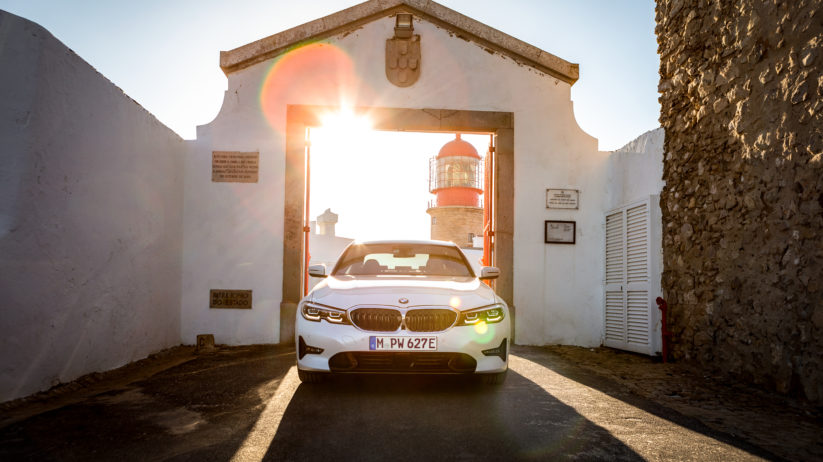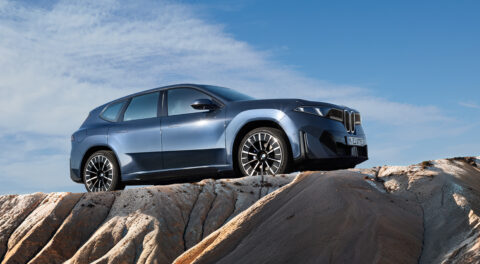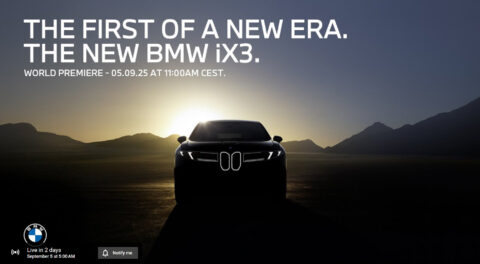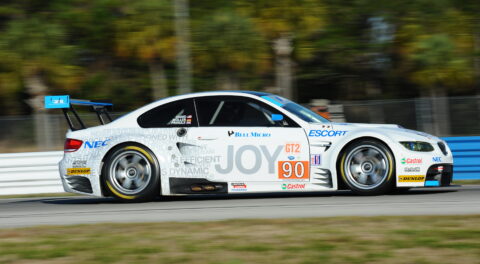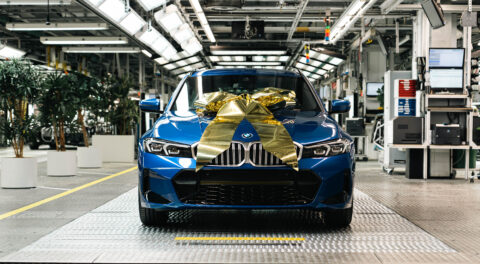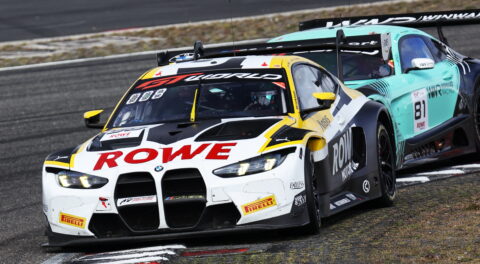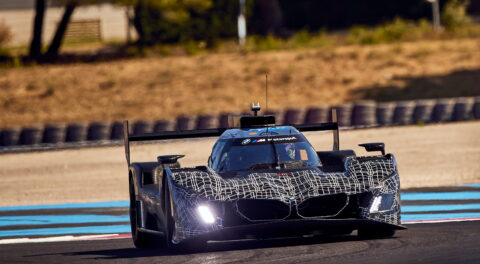It’s no secret that BMW has recently experienced a decline in electrical vehicles sales, an occurrence that does not come as particularly surprising. We’ve been monitoring how BMW Group Electrified vehicles have been moving off dealer lots with our U.S. and global sales reports, and 2019 has seen month after month of shrinking unit deliveries. As has been explained on this site and by executives at BMW, the decline is attributed to the absence of BMW’s newest generation of partial EVs from the 2019 model year lineup. The vacancy left by the plug-in hybrid 3 Series, X3, and X5 models, some of which still have yet to be released in their latest generations, is reported to be weighing heavily on demand for BMWs with electrified drivetrains.
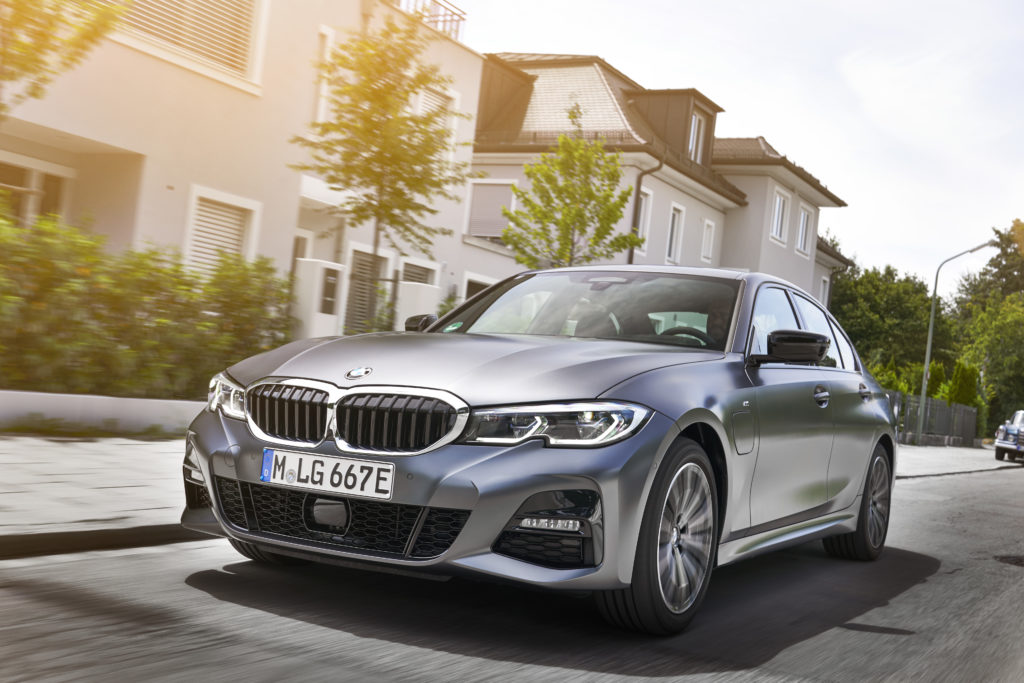
BMW’s attempt to reverse this sharp decline in sales involves the debut of the 330e, the newest model of the G20 3 Series. In its continued strategy, BMW has developed new technology for the 330e, including the incorporation of the new XtraBoost function, which is promised as standard on each trim level and delivers a very potent, nitrous-like effect. When in sport mode, XtraBoost raises peak power output from electrified drivetrain of the 330e by 40 horsepower on top of the base 252. The complementary pairing of the robust B48 2.0-liter four-cylinder engine with the instantaneous power delivery of the electric motor promises maximum torque output of 310 pound-feet.
What is possibly even more impressive is the fact that the 330e can reach speeds up to 87 mph on electric power alone, provided that full-electric mode is selected in the eDrive system. BMW hopes that with these very respectable power figures, the 330e will be recognized as a vehicle that successfully embraces both its sporty and efficient side in an era where competition is both strong, and coming from seemingly every direction.
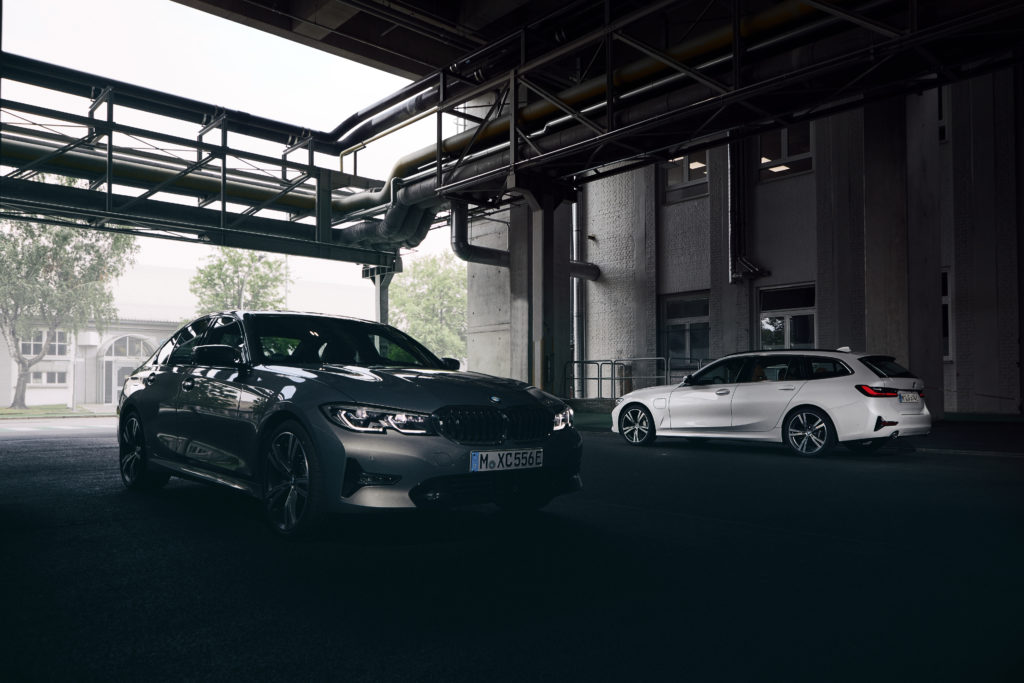
The G21 3 Series Touring will also be offered in 330e form—but not the in the U.S.
The new 330e also boasts revolutionary new battery technology, allowing for a 50% increase in driving range efficiency over the past generation. Re-optimization of the battery placement within the chassis assures the consumer that total cargo space is only slightly reduced from that of the 330e’s gas-burning cousin, the 330i. Those worried about limited options for the 330e PHEV need not be concerned; BMW assures the public that if the plug-in hybrid model is selected, buyers will be able to customize their vehicle with an array of options and packages comparable to those offered for the rest of the 3 Series model range, including all changes that come with the Advantage, Sport, Luxury, and M Sport lines.
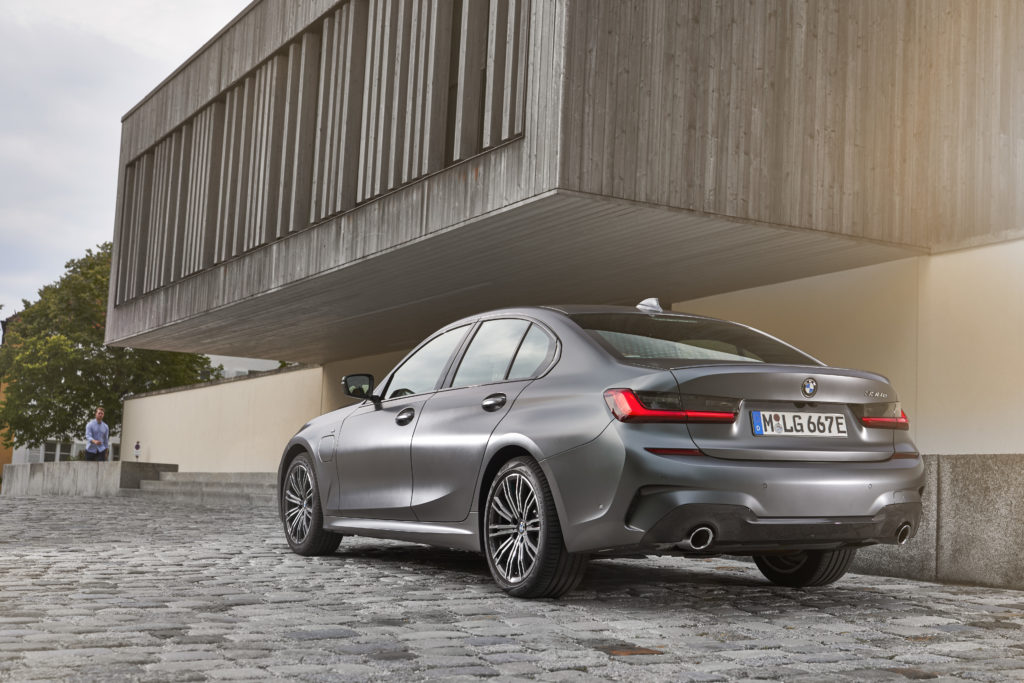
BMW reminds consumers that owning a hybrid not only guarantees long-term efficiency and a happy wallet, but also convenience, something which is often regarded as a top-selling point among vehicle manufacturers. With a PHEV like the 330e, BMW emphasizes the consumer’s ability to drive farther and reduce time between fill-ups due to the dual-power setup, utilize clean-air vehicle parking, and even save on tollway and express lane charges.
An electrified version of the G20 has been long awaited, and in the months that have passed since the last new F30 models dwindled in number at dealer lots, BMW EV sales have dropped precipitously. The 330e is the first tangible step in the way of winning back market share, but only time will well if the model, along with the upcoming X5 xDrive45e and X3 xDrive30e, will be enough for BMW to once again regain its position a force in the electric vehicle market.—Malia Murphy
[Photos courtesy BMW AG.]

